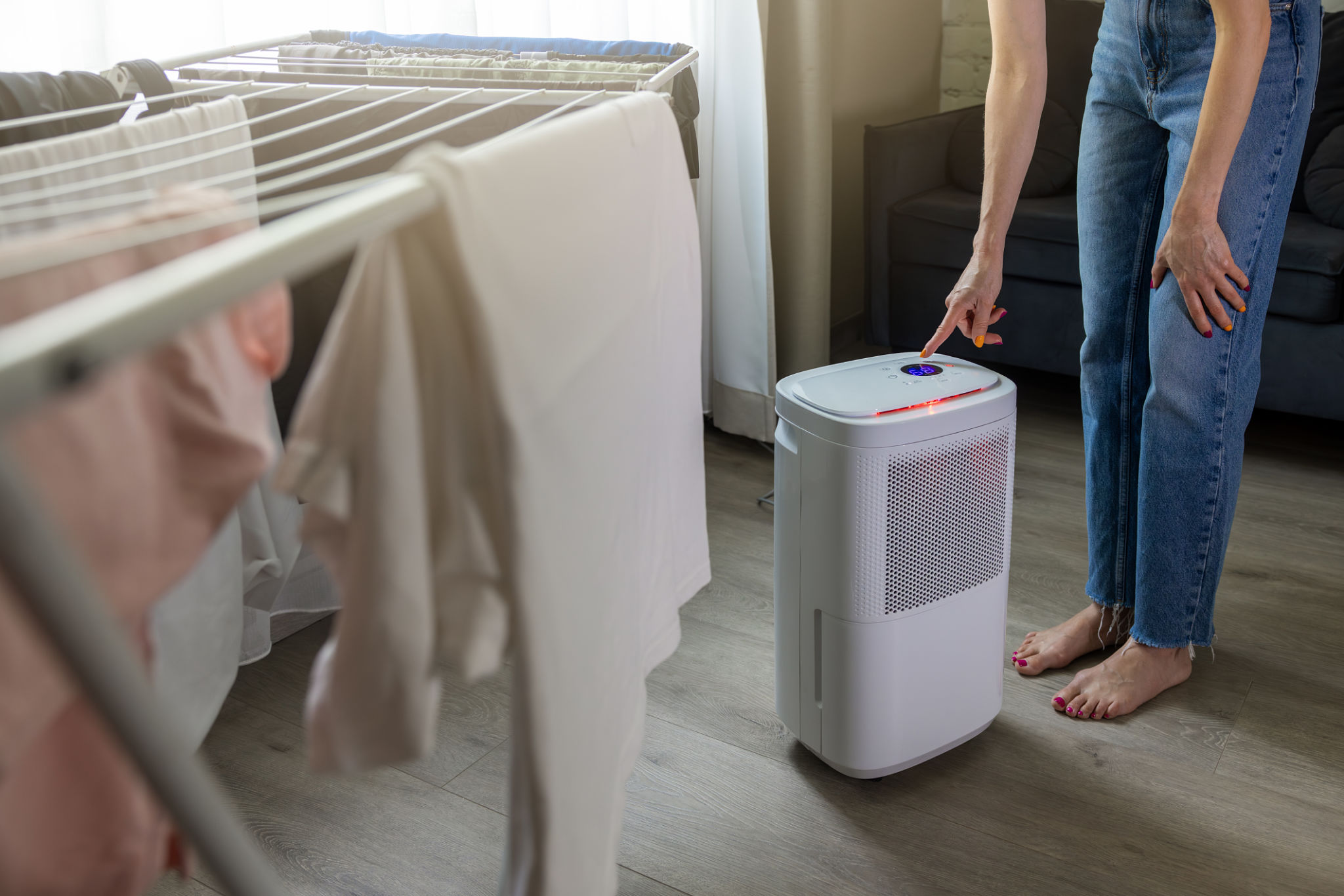Basement Waterproofing: Essential Steps to Protect Your Home from Flooding
Understanding the Importance of Basement Waterproofing
When it comes to protecting your home, basement waterproofing is often overlooked, yet it is essential for safeguarding your property from flooding and water damage. A basement that isn't properly waterproofed can lead to a host of issues, from mold growth to structural damage, which can be both costly and time-consuming to repair. To ensure your home remains safe and dry, it’s crucial to understand the steps involved in effective basement waterproofing.

Identifying the Source of Water Intrusion
The first step in the basement waterproofing process is identifying where the water is coming from. This could be due to poor drainage around your home, cracks in the walls or floors, or even high humidity levels. By pinpointing the source of water intrusion, you can take targeted actions to prevent it from causing further damage. Conduct a thorough inspection of your basement to identify any visible signs of water entry or dampness.
Exterior Waterproofing Solutions
Addressing waterproofing from the outside is often the most effective way to prevent water from entering your basement. This involves improving drainage around your home by ensuring gutters and downspouts are clear and directing water away from the foundation. You may also need to consider installing a French drain or exterior waterproof membranes to create a barrier against moisture.

Interior Waterproofing Techniques
If exterior solutions aren’t feasible or sufficient, interior waterproofing methods can help manage water that has already penetrated your home. Sealing cracks and applying waterproof coatings to the walls and floors can help prevent water seepage. Additionally, installing a sump pump can be an effective way to remove any water that does enter, keeping your basement dry.
Maintaining Proper Ventilation and Humidity Control
High humidity levels can exacerbate water issues in basements by encouraging mold growth and musty odors. To combat this, ensure your basement is well-ventilated. Installing a dehumidifier can also help maintain optimal humidity levels, making your basement a healthier and more comfortable space.

Regular Inspections and Maintenance
Even after taking all necessary steps to waterproof your basement, regular inspections and maintenance are key to ensuring long-term protection. Check for any new signs of water intrusion, such as damp spots or mold growth. Address any issues immediately to prevent them from escalating into major problems.
Hiring Professional Help
While some homeowners might tackle basement waterproofing as a DIY project, hiring professionals can offer peace of mind and ensure the job is done correctly. Experts can provide a comprehensive assessment of your home’s specific needs and recommend the most effective solutions for keeping your basement dry.
In conclusion, basement waterproofing is not just an investment in your home's safety; it's an investment in its longevity. By taking the right steps to protect against flooding and moisture damage, you can maintain a healthy living environment and preserve the value of your property for years to come.
